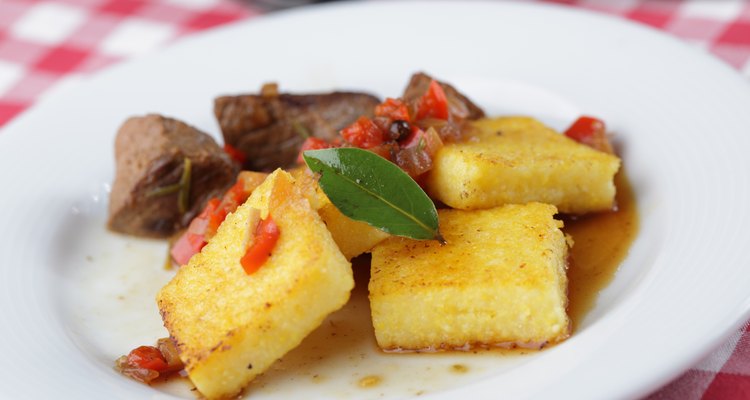
-lvinst-/iStock/Getty Images
The Italian equivalent of cornmeal, polenta has transformed over the years from a peasant staple into comfort food. You can cook this versatile flour into a soft creamy porridge, fry, bake or grill it into firm wedges and use as a substitute for bread or as an accompaniment with stews, meat and fish. Polenta is available in different textures including fine and stoneground powders, as well as an instant pre-cooked variety. No matter what type you choose to use, you must properly store polenta to prevent it from spoiling and losing its flavor.
Refrigerate stoneground polenta in a resealable airtight container for approximately two months. Stoneground polenta contains oil from the germ of the corn and will spoil if left unrefrigerated.
Place unopened and uncooked leftover fine-ground polenta in a cool, dry area away from moisture for up to two years. If you have leftover fine-ground polenta, pour it in a resealable airtight container before storing it. Fine-ground polenta keeps for a longer period as it is de-germinated and does not contain the oil from the germ.
Keep unopened instant polenta in a cool, dry area for approximately two months. Store leftover instant polenta in a resealable airtight container in the fridge for around two days.
Related Articles
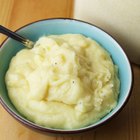
How to Make Cornmeal Polenta
How to Keep Crusty Italian Bread Soft
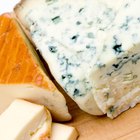
How to Crumble Gorgonzola Cheese
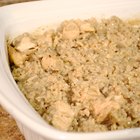
Baked Chicken & Rice With Mushroom Soup

How Long Does It Take to Cook Linguine?

How to Find the Expiration Date on ...
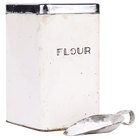
Does Flour Expire?
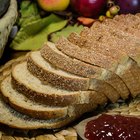
How to Substitute Wheat Germ for Flour

How to Make Homemade Mac & Cheese

Can You Use Corn Meal to Make Tamales?

How to Cook Frozen Cassava

How to Make Homemade Pasta Dough

How to Use Buttermilk That Has Passed ...
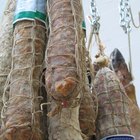
When Does Salami Spoil?
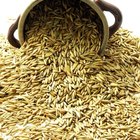
How to Store Oat Bran

How to Turn Plain Bread Crumbs Into ...
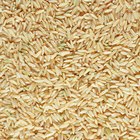
How Long After a Sell-By Date Can You ...
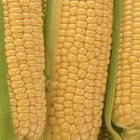
How to Roast Frozen Corn With Olive Oil

How to Prepare Teriyaki Tilapia

How to Wear a Bandana Around Your Neck
References
Resources
Photo Credits
-lvinst-/iStock/Getty Images